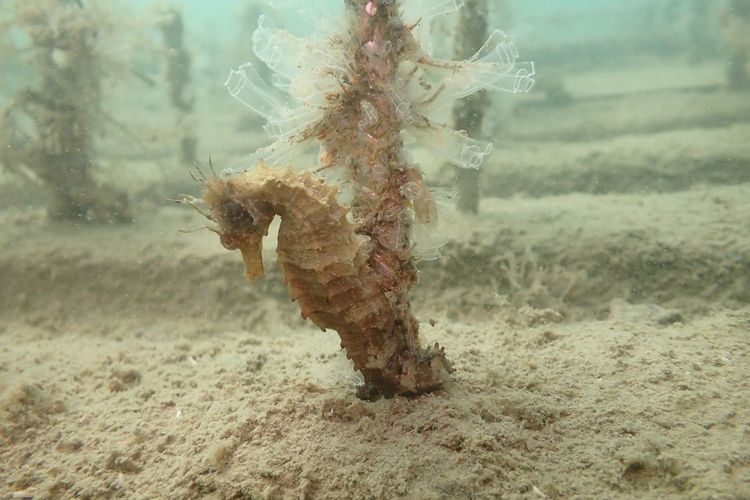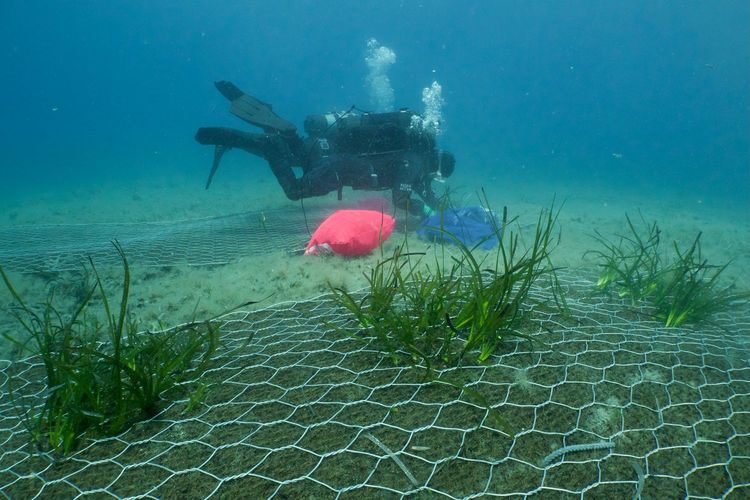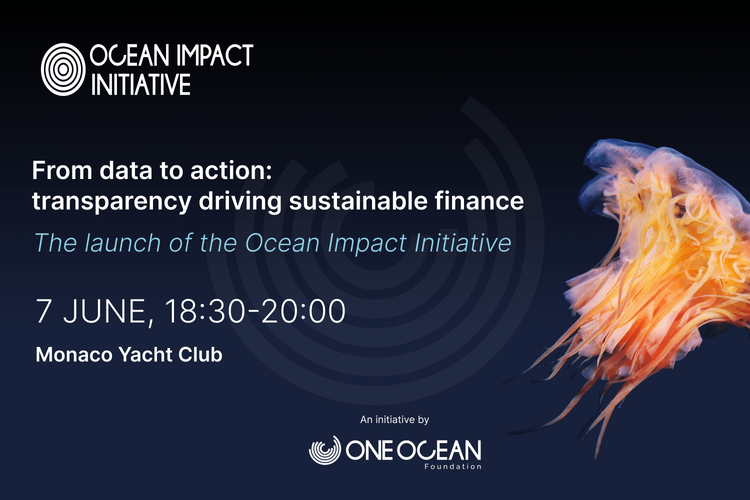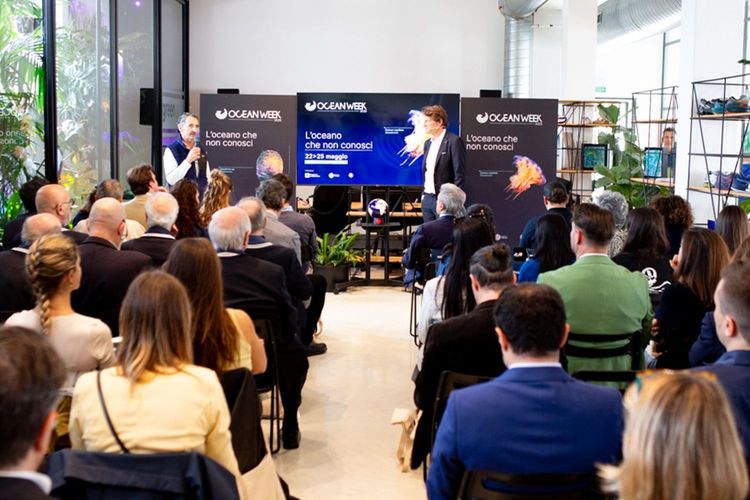
The seahorses of the Mar Piccolo in Taranto, a species increasingly rare and threatened in the Mediterranean Sea, are at the center of a new and ambitious conservation project involving One Ocean Foundation, ROCKWOOL, the Mar Piccolo Regional Nature Park, CNR-IAS Palermo, and the University of Bari, which leads the scientific coordination. The goal is to safeguard and support the populations of these species by placing innovative artificial structures that provide a suitable environment for seahorses.
What makes this project particularly unique is the use of stone wool, a material typically used in construction for its insulating and stability properties, being applied for the first time in a marine setting. Produced by the Danish company ROCKWOOL, this material seems to offer, thanks to its specific characteristics, a suitable substrate for the settlement of marine organisms, forming communities with high biodiversity on the structures.
The pilot study, developed with the scientific contribution of the University of Bari and CNR-IAS Palermo, aims to make the local marine environment more "complex and heterogeneous", providing seahorses with rods, shelters, and food sources to help them thrive again.
Complex habitats: an ideal refuge for seahorses
The new artificial structures installed in the Mar Piccolo aim to recreate and provide alternative habitats rich in biodiversity, enhancing the naturally muddy and fine-sandy environment. Thanks to their unique texture and the addition of special rods on their surface, these modules have been designed to host the two seahorse species living in the Mediterranean Sea: Hippocampus guttulatus and Hippocampus hippocampus.
Various studies have shown that these species prefer complex environments with rich microhabitats, safe anchorage points, and hiding spots that offer protection from predators. In the Mar Piccolo, a particularly fragile basin still populated by seahorses, these structures aim to reduce habitat fragmentation and create ideal conditions for the development of new populations.
A stone wool artificial reef: innovation and environmental responsibility for biodiversity
The stone modules, created entirely by the Danish company using stone wool—a material primarily derived from melted volcanic rocks that is durable, porous, and recyclable—are commonly used in construction and agriculture, but here it has been employed for environmental purposes in a pioneering way.
Stone wool has proven to have ideal properties for scientific applications, fostering the growth of benthic communities and providing a stable, suitable, and diverse environment for algae and invertebrates, which in turn host a wide variety of crustaceans that serve as a food source for other marine species, including seahorses. The modules, submerged in September 2023 in one of the “blue oases” specifically identified for the conservation of seahorses in the Mar Piccolo of Taranto, have been designed to support the formation of soft-bottom communities. With their unique structure, the seahorses can easily feed by wrapping their prehensile tails around the rods, making these structures ideal for their ecological needs.
Promising results from monitoring: increasing biodiversity and population
Since October 2023, researchers from the University of Bari, together with CNR-IAS Palermo, have conducted monthly monitoring to evaluate the effectiveness of the modules and their appeal to seahorses, using visual census methods through diving and underwater drones (ROV). Data collected already show encouraging results: the structures are attracting both seahorse species, with a higher percentage of Hippocampus guttulatus, and are contributing to the formation of increasing biodiversity, indicating a more complex and richer habitat. Beyond the seahorse population, several other benthic species have also settled on the modules, contributing to the overall resilience of the marine ecosystem.


